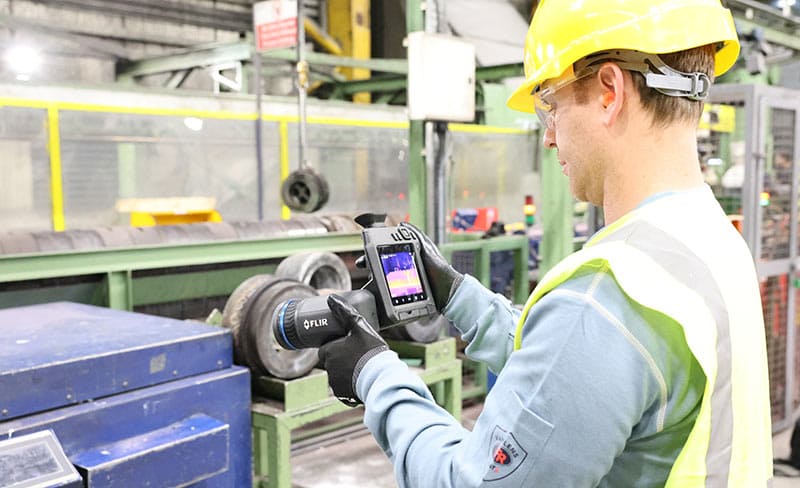Many companies have annual shutdowns during which critical maintenance is carried out without affecting production. Management is perfectly happy and accepts the fact that there will be no production for two weeks as emergency measures have been taken to increase inventory and ensure customer satisfaction.
On the other hand, unplanned downtime can be very costly and even spell the demise of a business. A sudden halt in a production line can disrupt the entire supply chain, leading to delayed product delivery and dissatisfied customers.
The cost of a breakdown obviously far exceeds the cost of replacement parts. Take industrial gearboxes as an example. Many of these units are custom made and cannot be purchased off-the-shelf. Delivery of such goods can take days or even weeks, placing additional strain on other areas of the business. When calculating the true cost of an outage, other hidden costs such as overtime for production workers and emergency repair costs must also be considered.
In the world of preventive maintenance, there are many different tools and techniques available. A proven technique that has been used for many years is used oil analysis. Thermography provides very accurate results, but can be time consuming, as the analysis is usually performed off-site and results are available hours or even days later. Another drawback is that direct access to the device is required to pump the liquid out, which is not always possible if the device is high up or in an area with limited access.
Thermography is a powerful tool for preventive maintenance in manufacturing. By simply pointing an infrared camera at a device, thermal patterns and anomalies within the device can be quickly identified. For example, excessive wear in a gearbox bearing can increase frictional forces and generate heat. Thermal imaging cameras are able to detect this heat, allowing you to identify specific components and take appropriate corrective measures.
Not only is thermal imaging non-invasive, it can also be performed remotely, making it possible to reach all those hard-to-reach areas. And of course, all analysis can be performed while the machine is running, so there is no interruption to production.
If the analysis is performed regularly, valuable data is obtained that can be used to track the condition of the device over the long term. This data-driven approach allows for more informed decisions and better planning of maintenance activities. Overall, thermography is an essential part of a robust preventative maintenance strategy that ensures operational continuity and safety.
Teledyne FLIR specializes in the development and manufacture of thermal imaging devices, including thermal cameras and sensors. Over the years, the company has built a global reputation for innovative technology that can be used across a wide range of industries.
For engineers with years of experience in thermal imaging cameras, the technology allows them to gain a deep understanding of the condition of their devices, especially during heavy use, and to perform trend analysis. However, even relatively inexperienced users can gain a wealth of information about potential problems. Some of FLIR’s thermal imaging cameras include software that allows users to set up an “inspection route.” Once set up, each user can follow the same route and the camera will automatically select the best settings and parameters for each device on the route. Once complete, the camera wirelessly transmits data and images for prepared reports for easy analysis and interpretation.
If you’re worried about unplanned downtime or have a maintenance department that only reacts to failures reactively, it’s time to consider the potential of thermal imaging cameras and how they can reduce equipment breakdowns to ensure your business maximizes uptime – a competitive advantage.

